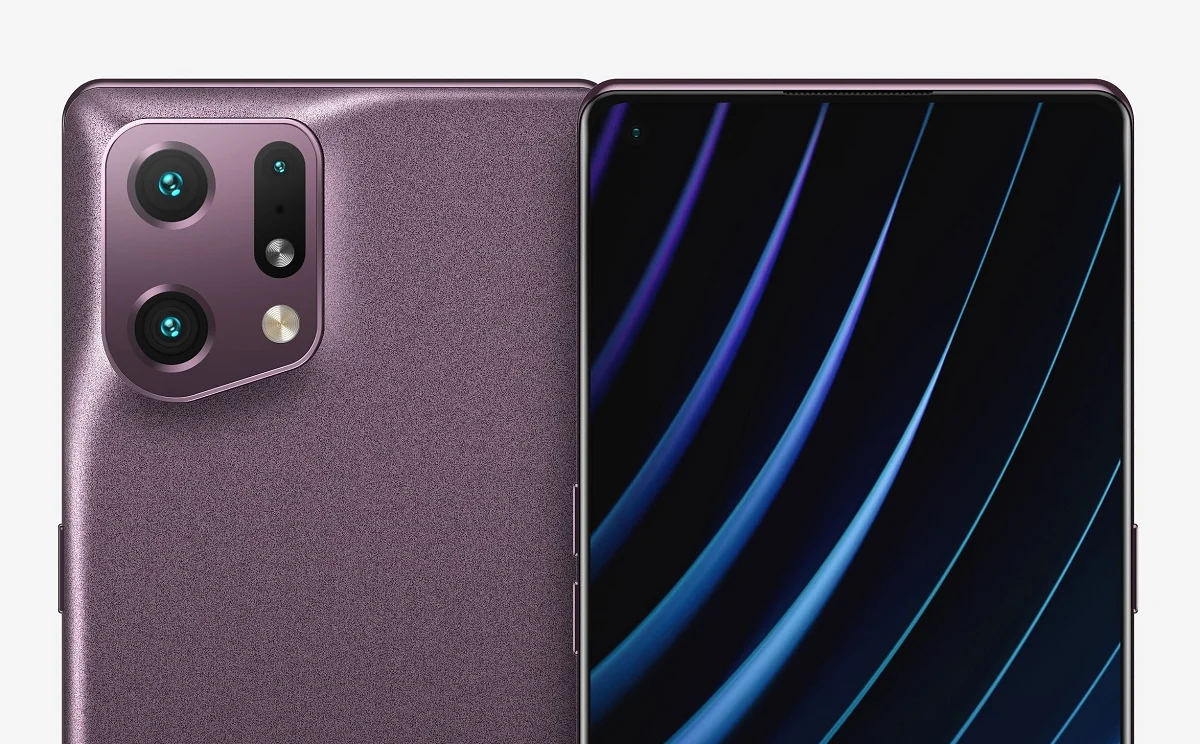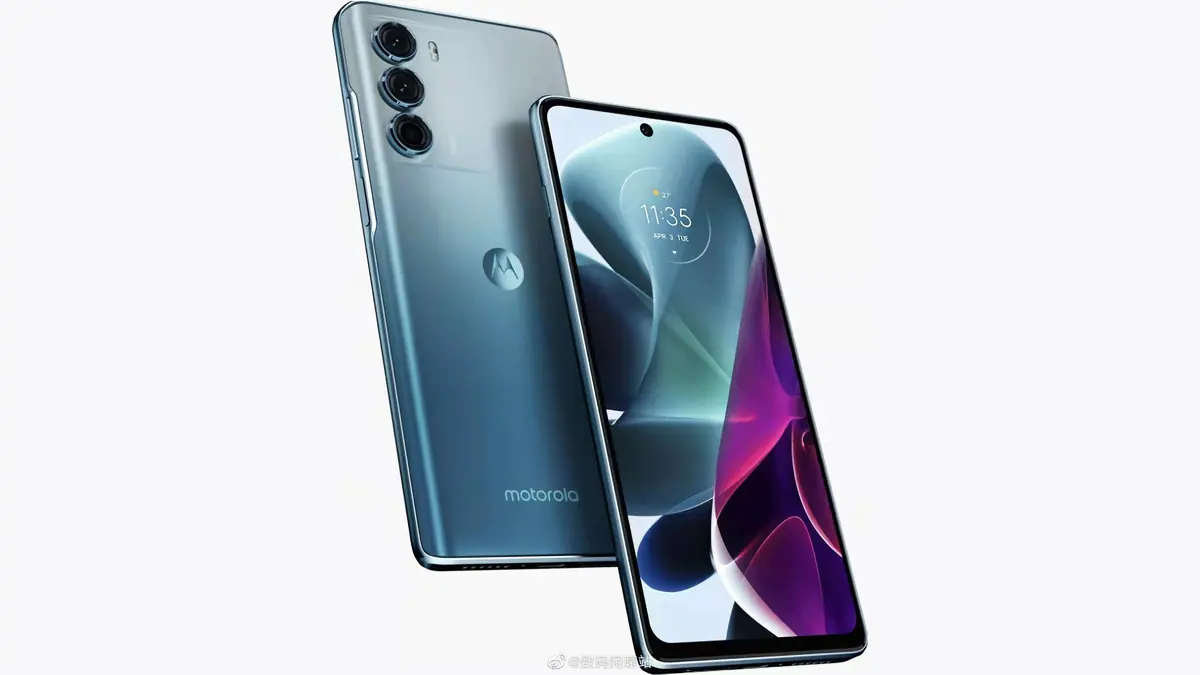For several generations, talking about Google Pixel has meant talking about Google Tensor. Gone are the years when these phones used Qualcomm processors and now rely on their own solutions. The controversy created by the Tensors of the Google Pixel 9 is clear: although Google sells its high-end products at a similar price to its competitors, its processors are far behind in terms of power.
Throughout various interviews, some of Google’s executives have made the company’s position clear: Tensor’s goal is not to make the Pixel the most powerful device.
Understanding Device LimitationsThere are two ways to understand AI. One is to use a model that is as big and complete as possible, that can do almost anything locally as long as it has a tremendous amount of power.
Second, perhaps opting for smaller models, understanding that a phone’s AI needs don’t have to be resource-intensive. When developing Gemini’s features, priority was given to energy consumption, RAM usage, and other limitations of the model on mobile phones, according to Zach Gleicher, co-president of Google DeepMind.
Tensor progressions. According to Google, Tensor G4 is the most efficient processor with the highest performance. It is “on average” 20% faster than Tensor G3 and opens apps 17% faster. Record videos, take photos, use basic apps… On paper, everything should consume less energy than the previous generation.
These processors were developed by the Tensor and Google DeepMind teams working together to create hardware specifically designed to power the Gemini Nano models.
What role does gross power play?Google Tensor isn’t designed to be the most powerful or the fastest. It’s designed to meet the usage scenarios that Google considers. Sonia Jobanputra, a member of the Google Pixel product team, says that the G4 was designed with real efficiency in mind, not so much pure power.
“When we designed the chip, we didn’t design it for speeds and capabilities. We didn’t design it to overcome any specific parameters that were there. We designed it to fit our use cases.”
There are some doubts on the horizon and a competition that does not buy this talk. Google’s pitch makes sense, to a point. If a phone can perform at a decent level and is specifically designed to run the company’s own AI, then Tensors have their own reason for existence. The problem? Competitors are doing the same thing, but with more powerful processors.
Samsung is a good example and actually the main partner Google’s recommendation to deeply integrate AI into non-Pixel devices. Foldables like the Samsung Galaxy S24 Ultra and Z Fold6 also use Google’s Gemini model, which combines local functionality with online functionality. All powered by Qualcomm’s best processor to date, the Snapdragon 8 Gen 3.
Pixels are mobile phones that will be updated for seven years. During this long period, we don’t know what mobile games will be like, what applications will be released, what our phone will be able to do. That’s why the higher-end processor option is usually the most powerful processor available.
Image | Google
On Xataka | Google Pixel 8 Pro, review: It’s still easy to fall in love with a Pixel. It’s even more important to find your weak spots












